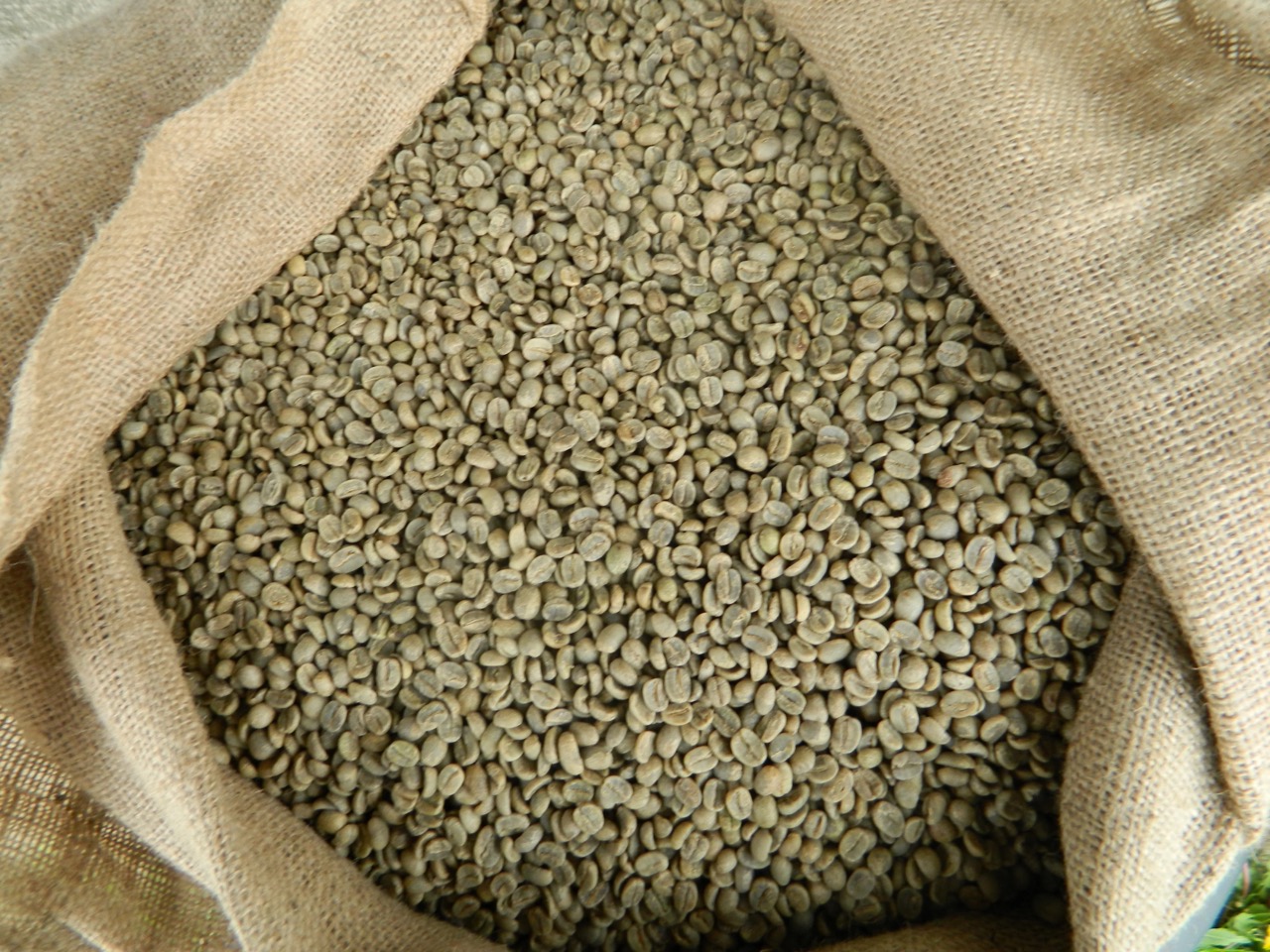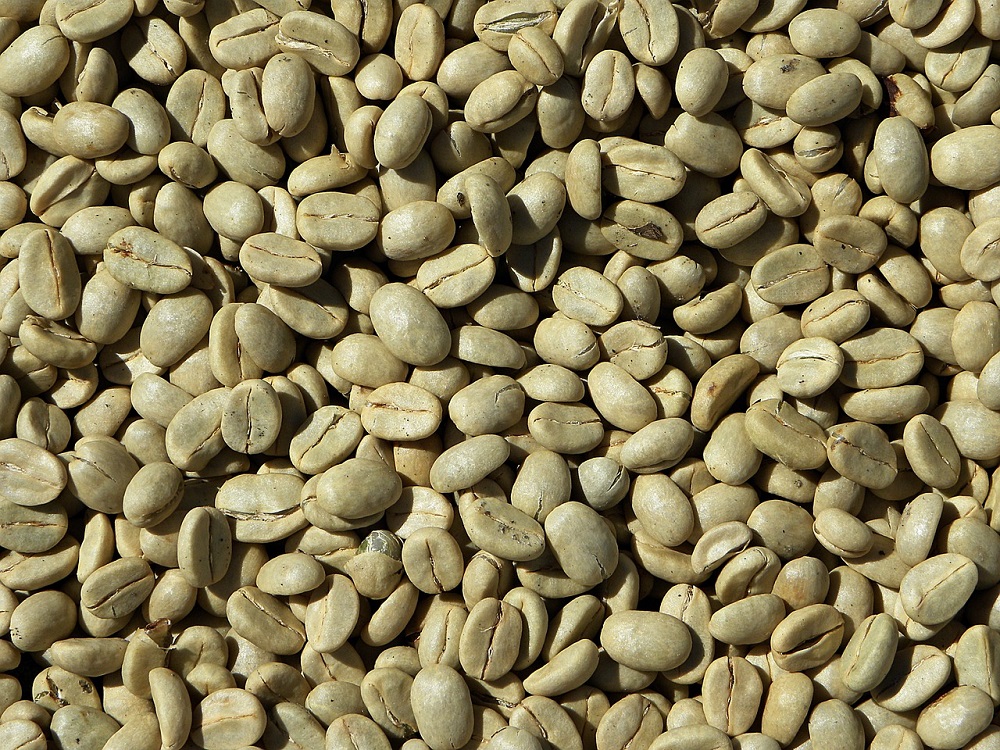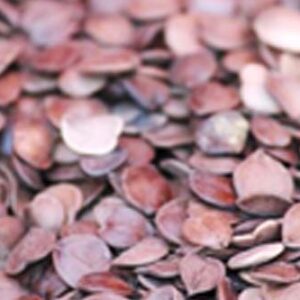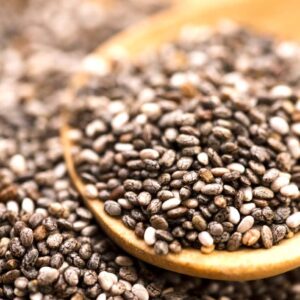Description
The coffee tree is a plant of the Rubiaceae family and of the Coffea genus. I generate coffee that has two main types of plants, the arabica, and the robusta. So we can say without fear of being wrong that there are more than one species of coffee tree.
Coffee production in the world is then divided into two large groups: Arabica and Robusta, between them they account for 98% of world production. The third in discord is libérica coffee, which is a coffee with very little production. Its fruits and seeds are huge compared to other coffees, giving rise to surprisingly large coffee beans.
The first data on the use and planting of coffee in Nicaragua are found in 1820. In those years, the English merchant and adventurer Orlando Roberts described having had coffee in Nicaragua back in 1820, just a little before Independence, still in times of the Spanish colony, when the governor of the Province of Nicaragua was Don Miguel, Gonzalez de Saravia.


Coffee in Nicaragua has the basic factors to obtain a good coffee competitive since they are in fertile lands with adequate heights, shade crops, abundant labor for agricultural work, and sufficient rainfall for crop growth.
95% of the coffee produced in Nicaragua is shade-grown, which guarantees supreme quality. 100% of Nicaraguan coffee is washed Arabica, and the variety with most specimens in the country’s coffee plantations is the Caturra. We also find Bourbon, Maragogipe, Typical, and Catuaí. Internationally, all this coffee is marketed in bags of 60 kg, although its marketing measure in Nicaragua is quintals gold, equivalent to 46 kg.


Uniform drying.
Sun-dried or mechanically dried
Handpicked or electronically
Humidity 10.0% – 12.5%,
recommended 11.5% to 12.5%, optimal 12.0%
to 7,144 mm.
Sieve No. 16 to 20.,
80% retention or more Sieve No. 15., 10
to 20% retention.
Sieve No. 14., 0
to 10% retention
Total Defects: European Preparation (EP):
up to 8 defects. American Preparation (AP):
up to 23 defects
Fragrance / Scent
Very Good to Fair
Taste
Very Good to Fair
Aftertaste
Very Good to Fair
Acidity
Sweetness
Very Good to Good
Uniformity
Good to fair
Bowl
Clean
Damage
Body
Very Good to Good
Balance
Absent


